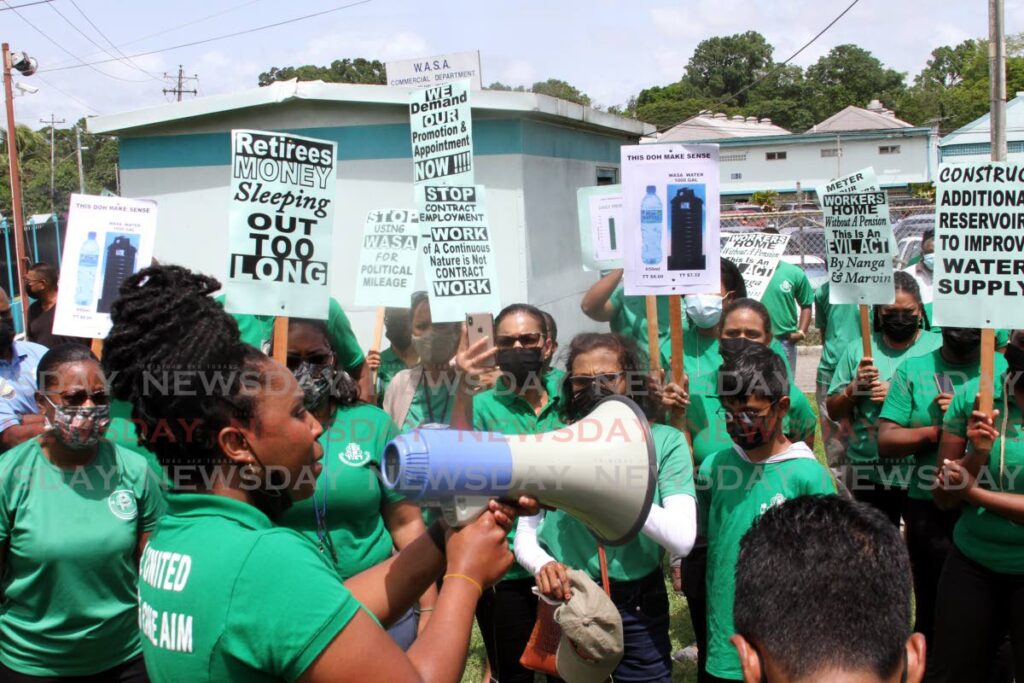Pipe dreams about WASA

On Thursday, Public Utilities Minister Marvin Gonzales announced the first broad outlines of a government plan to transform the Water and Sewerage Authority.
WASA will cut its management team by half, with as many as 213 managers slated to go.
The utility is aiming eventually to reduce its operating costs by 25 per cent, but Mr Gonzales danced around the plan for the 5,000 staff in the bargaining unit beyond vague promises to re-tool and reskill these workers.
He is expecting the support of the trade unions representing this workforce, but that hasn’t been the signal that the trade unions, Public Services Association (PSA) and National Unified Federated and Government Workers (NUFGW), have been sending publicly.
PSA president Leroy Baptiste warned in February that his union had no patience with what he described as the “demonisation” of WASA and its workers. He accused the Prime Minister of manufacturing a crisis at WASA and calling on the trade union movement to solve a 23-year-old problem in short order.
The state is facing a deep financial hole into which billions have been poured year after year without any noticeable improvement in WASA. The maths governing the authority’s operations is staggering.
In December 2020, the Prime Minister received a report from a special Cabinet sub-committee convened to investigate WASA’s operations. Running the utility costs almost $3 billion annually, with revenues hovering around $800 million. Staff costs are 170 per cent of the authority’s revenue, supplemented by an overtime bill that runs to $100 million annually.
To keep WASA solvent, the government routinely spends around $2 billion a year from the public purse to keep water flowing – and leaking.
Mr Gonzales is not the first to try to turn around WASA’s fortunes.
In 1995, Water Resources Minister Ganga Singh coined the “Water for all by the year 2000” slogan that would haunt the utility for the next two decades.
In 2013, WASA sought financing from the IDB and agreed to right-size its operations, with 1,000 employees accepting VSEP at a cost of $360 million.
By 2015, another 1,474 employees had been hired. By 2020, the authority’s debts, including loan obligations, stood at almost $4 billion.
According to the Cabinet sub-committee report, WASA apparently knows little about its customers, staff numbers and the location of some of its pipelines. This opaqueness of its operations affects the utility at all levels.
None of the projects funded by loans have significantly addressed the utility’s ageing infrastructure, which is past end-of-life and contributes to the loss – notorious for decades –of half the water that’s put into pipelines before it reaches paying customers.
Cutting top-heavy management is a welcome start, but rebuilding WASA will be like building sandcastles. It might be possible, but everyone’s attempts have been washed away so far.


Comments
"Pipe dreams about WASA"